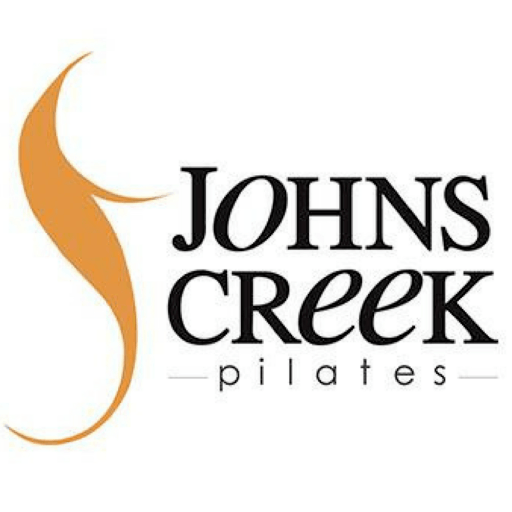October is Breast Cancer Awareness Month, which is an annual campaign to increase awareness of the disease. Unfortunately breast cancer rates are on the rise, but thanks to modern technology, society is fortunate to catch many of these cases during the early stages. In recent news we hear of many individuals getting a double mastectomy for pre-cancerous genes as well.
Recently, breast cancer survivors have been benefiting from Pilates. Survivors face many physical challenges after undergoing breast cancer surgery and treatment, which are often compounded by the emotional stress that results from living with a life-threatening condition. Pilates provides an exercise technique that can help both mind and body recover and rehabilitate slowly
Fatigue: Fatigue, both during and after cancer treatment, is the biggest issue many breast cancer survivors face. Many women feel unable to function and perform daily activities while undergoing chemotherapy or radiation treatments, and this fatigue can be overwhelming as treatments are combined and surgery is added to the mix.
Pilates offers a gentle, low-impact reintroduction or first-time introduction to regular exercise that can help one regain strength and endurance. To perform Pilates exercises correctly, you must concentrate. The benefits will be obvious if you keep at it and gradually build up by performing the exercises at least two days a week.
Pain/Range of Motion: Pain and loss of range of motion in the shoulder and the chest are other common issues for survivors who are considering exercise after treatment. Because many Pilates exercises are performed in the supine position, the neck and the back are supported, making it easier to feel which muscles are working in the back and to ensure that you’re using the right ones (trapezius and rhomboids). In addition, the exercises help return strength to the shoulder girdle in a safe, comfortable manner, which helps in regaining correct muscular balance.
Posture: Posture is another area of concern for many survivors after surgery. Often a woman’s back will become rounded following surgery, and her shoulders and head will be flexed forward. Pilates teaches you to resume an erect posture with a neutral spine and then works on restoring strength. Because the exercises demand that you concentrate on how your body feels when it is correctly aligned, each exercise is performed efficiently and with control.
There are also specific Pilates exercises—such as body extension and “swimming”—that can help stretch the tight chest muscles while strengthening the back. These exercises help in regaining proper muscle balance and strength in the back. Many Pilates practitioners use mental imagery to help you connect your mind and body to the exercise. For instance, an instructor might suggest that it is helpful to bring your shoulders down and press those “wing bones into your back pocket” while performing an exercise. This unique approach is used to help students perform the exercises correctly.
Lymphedema: Lymphedema is another concern. Many women who have had lymph nodes removed as part of their breast cancer treatment are warned about not exercising the arm vigorously and told to protect the arm from trauma and repetitive use. They may also be told not to lift heavy weights. Consequently, the arm becomes weaker, and survivors are often unable to perform daily activities or engage in previously enjoyed leisure pursuits.
It is important to strengthen the arm gradually. Because many Pilates exercises are abdominal, they are a natural fit for women concerned about lymphedema. In addition, muscular contractions performed in a specific sequence help propel lymphatic fluid into an area where it can more easily drain. You use inhalation to prepare for the exercise and exhalation as you perform it. This emphasis on breathing works the deep transverse rectus abdominal muscles, ensures that the body is stable, and promotes relaxation.

